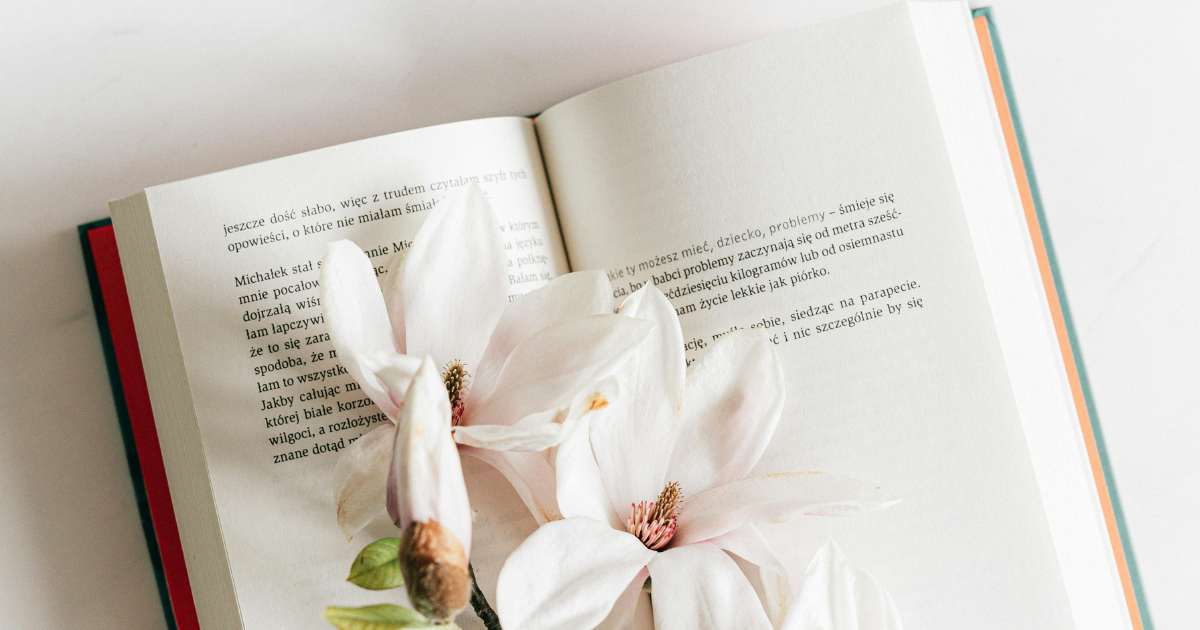Two museums, one legend
A journey through Yves Saint Laurent's legacy: from Parisian elegance to Marrakech inspiration

Women's tuxedo, pea coat, safari style, transforming great paintings into three-dimensional outfits, thigh-high boots – Yves Saint Laurent opened new horizons of freedom and influence for 20th-century women.
On August 1st, the birthday of one of the greatest figures in fashion history, let's revisit his places of strength and creation. Saint Laurent always aspired to create for all women, regardless of their social status. Although his career began in haute couture, designing for wealthy ladies, his dream was to create a wardrobe for working women. In 1966, he launched a prêt-à-porter line, making fashion accessible to everyone. The museums in Paris and Marrakech, dedicated to Yves Saint Laurent's work, opened in 2017. They offer a unique opportunity to immerse yourself in the world of the legendary couturier and feel his contribution to fashion and art.
Musée Yves Saint Laurent Paris
The Paris Museum is located in the historic mansion that housed the brand's boutique since 1974, where Yves Saint Laurent worked for 28 years. The permanent exhibition showcases the entire creative journey of the great designer: over 5,000 couture outfits, archival documents, accessories, sketches, and personal items.
On the second floor, in the atelier, you can see lion statuettes symbolizing Saint Laurent's zodiac sign and Christian Dior's cane, with whom he collaborated until Dior's death. A special place is occupied by a heart-shaped brooch created in 1962. This brooch was not only an ornament but also a symbol of Saint Laurent's love and devotion to his art. It often adorned his favorite outfits and became a kind of talisman, reflecting his pursuit of perfection and attention to detail.
The Paris Museum is imbued with the spirit of creativity and the presence of Yves Saint Laurent. Visitors feel as if they are at the very heart of fashion masterpieces being created.
Musée Yves Saint Laurent Marrakech
Marrakech became a second home for Yves Saint Laurent, a place to escape the hustle and bustle of the big city. He first visited it in 1966 with his partner Pierre Bergé. Morocco was an endless source of inspiration for Saint Laurent, and they visited twice a year. In 1980, Saint Laurent and Bergé bought a villa in Marrakech and later acquired the artist Jacques Majorelle’s Garden, saving it from destruction. After Saint Laurent's death, Pierre Bergé initiated the opening of the museum in Marrakech.
The museum's architecture in Marrakech blends seamlessly with the local environment, using terracotta and elements of Moroccan culture. The museum's collection includes over 5,000 couture outfits, 15,000 accessories, over 15,000 sketches, and archival documents. The exhibitions show the connection between Saint Laurent's African roots and his creativity, as well as his imaginary travels to Asia, Russia, and Africa. An important feature is the library filled with books about Morocco, Berber culture, architecture, and costumes.
The Marrakech Museum, compared to the Paris Museum, offers a more intimate look at how this city influenced Saint Laurent's creative vision and designs. Moroccan motifs, including deep blues and oranges, intricate patterns, and textiles, are reflected in his collections, enriching the designer's language and giving his works a unique color. All this can be seen in the museum's exhibitions.
"Both museums showcase the duality of Saint Laurent; his dark and colorful works, classic and baroque style, minimalist lines and arabesques," wrote Björn Dahlström, director of the Yves Saint Laurent Museum in Marrakech. "He is both Marrakech and Paris".
The existence of one museum without the other is impossible. They are interconnected and show a complete picture of Yves Saint Laurent's life. In Paris, he created and designed, while in Morocco, he got inspired and lived.
In a 1992 interview for Elle magazine, Yves Saint Laurent said, "I would like people to study my clothes and sketches 100 years from now."
The museums in Paris and Marrakech bring this dream to life, preserving the legacy of the great couturier for future generations.


